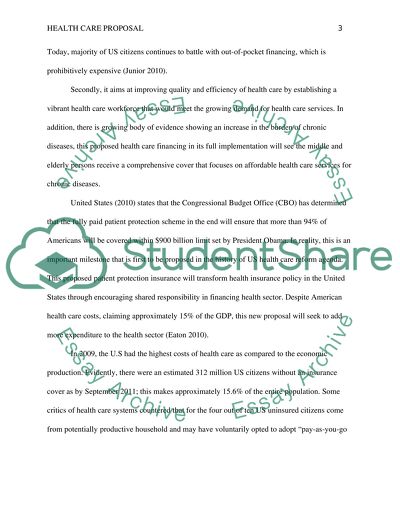Cite this document
(“Patient Protection and Affordable Care Act Research Paper”, n.d.)
Retrieved from https://studentshare.org/health-sciences-medicine/1671678-health-care-proposal
Retrieved from https://studentshare.org/health-sciences-medicine/1671678-health-care-proposal
(Patient Protection and Affordable Care Act Research Paper)
https://studentshare.org/health-sciences-medicine/1671678-health-care-proposal.
https://studentshare.org/health-sciences-medicine/1671678-health-care-proposal.
“Patient Protection and Affordable Care Act Research Paper”, n.d. https://studentshare.org/health-sciences-medicine/1671678-health-care-proposal.


